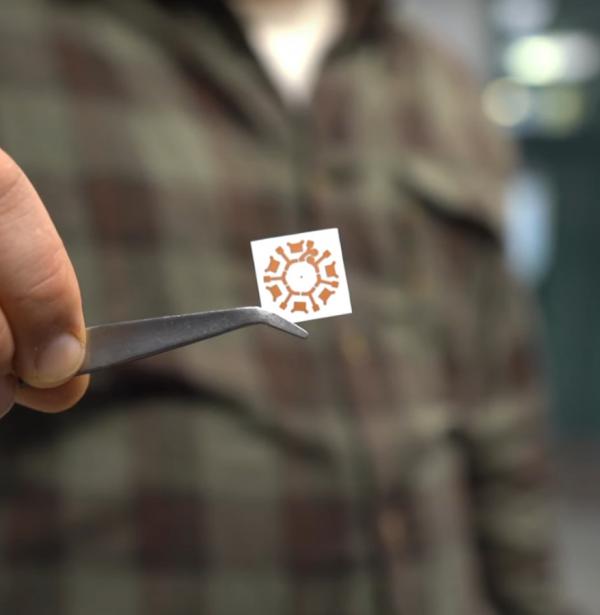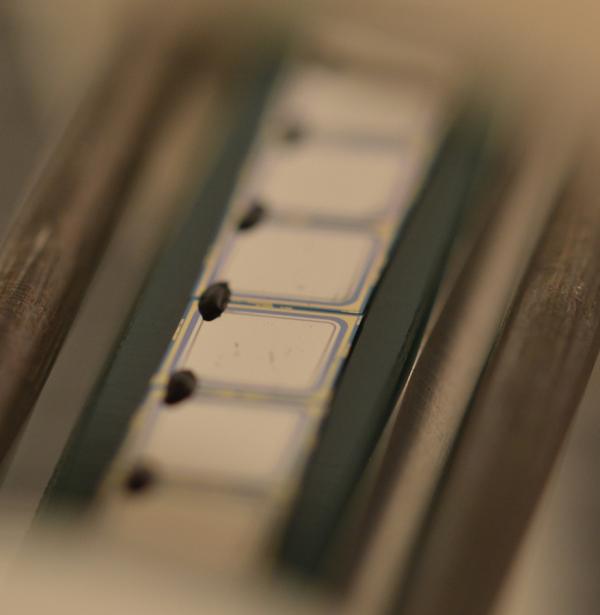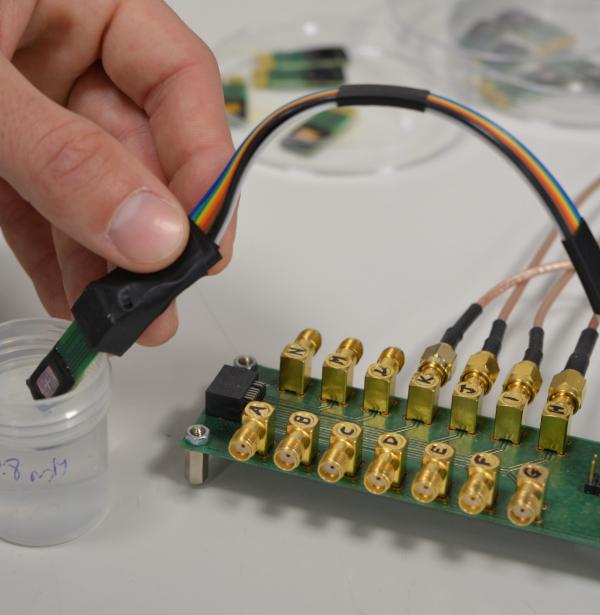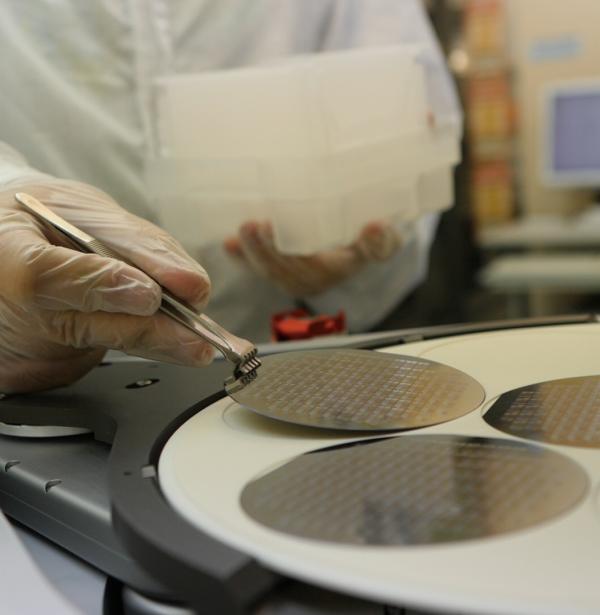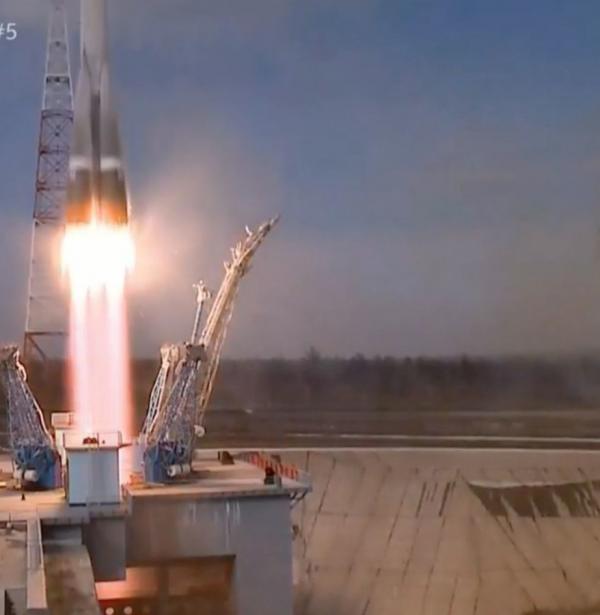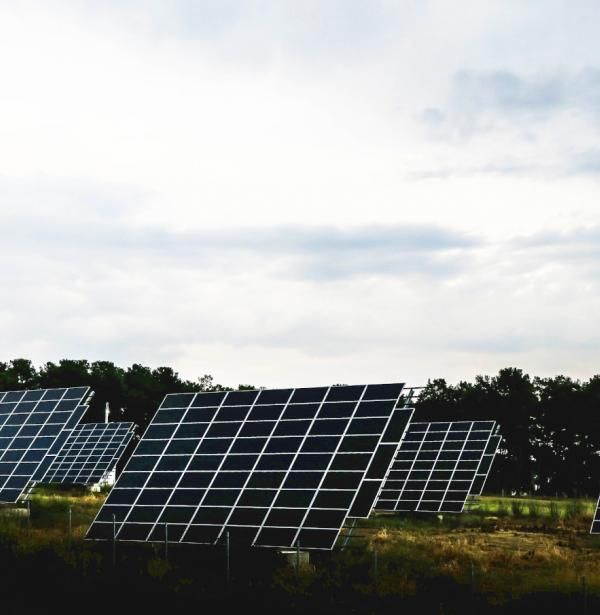New method of selective deposition by shadow mask for application in power electronics
The group of Power Devices and Systems has obtained the patent for a new method of selective deposit by shadow mask, based on a set of self-aligned metal masks, for the implementation of tracks and pads in power electronics.





